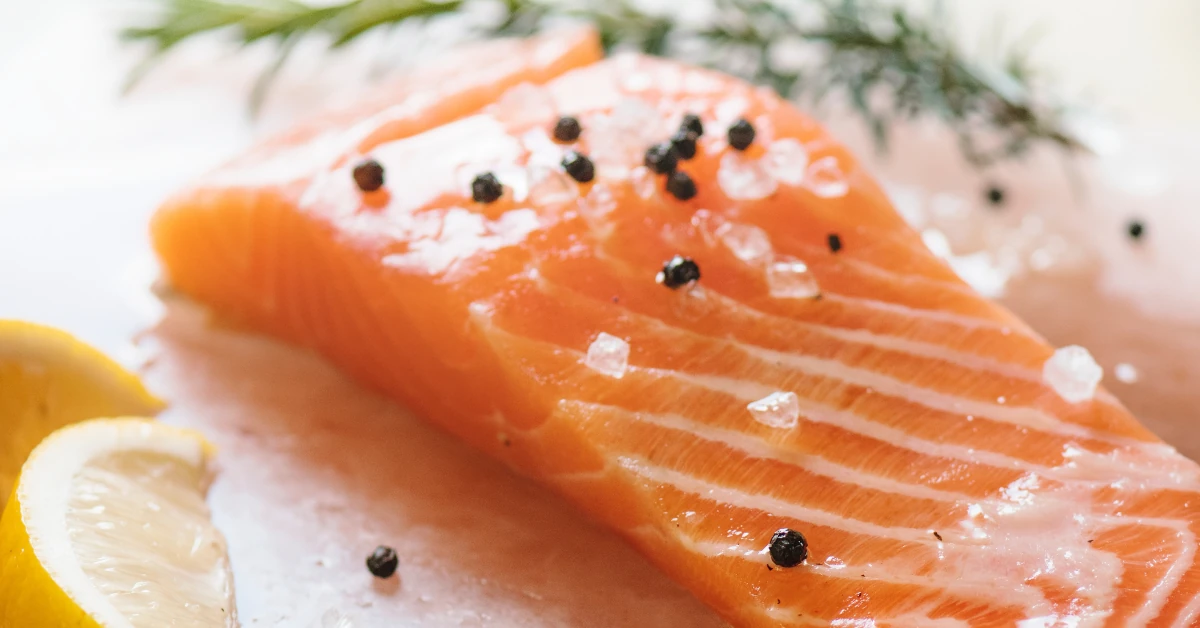If you’re looking for a delicious entree that’s also healthy, I’d like to recommend salmon if you haven’t tried it. It’s a pink fish with a buttery taste that people love. But there’s another reason to seek it out.
Is Salmon Good For You?
Yes, it is considered a healthy choice! A serving between three and four ounces has about 200 calories, low saturated fat, and plenty of protein. But that’s not all, it also gives you vitamin B12, B6, potassium, vitamin D, selenium, phosphorous, iodine, choline, pantothenic acid, biotin, and omega-3 fatty acids.
Let’s not forget the big one: Omega-3 fatty acids, which help with:
- Boosting brain function
- Lowering the risk of heart problems, such as heart attacks and arrhythmias
- Reducing the chances of stroke and high blood pressure
- Enhancing cell function
- Regulating the body’s inflammation processes
- Protecting your joints
- Lifting your mood
Omega-3s are so important because your body can’t produce them, but they play big roles in preventing:
- Certain types of cancer
- Dementia
- Alzheimer’s and other cognitive diseases
Is It Good to Eat Salmon Every Day?
Perhaps not every day. Two times a week is good. While eating salmon every day is probably okay when cooked well and sourced properly, for better nutrition, mix things up and include other types of fish like sardines or anchovies from time to time.
Is It Ok to Eat Salmon While Pregnant?
Yes, pregnant women can enjoy salmon and other low-mercury fish. The FDA suggests having 8 to 12 ounces of low-mercury fish per week, which is equal to 2 to 3 servings. Besides salmon, they can also chow down on tilapia, shrimp, canned light tuna, cod, and catfish.
By the way, if you choose white (albacore) tuna, keep it to a maximum of 6 ounces weekly. Enjoy a variety of these fish as a protein source for a healthy diet.
What Is the Healthiest Way to Eat Salmon?
Poached salmon is the healthiest way to prepare salmon. And good news: You can prepare it in just 10 minutes! I’ll throw in this quick recipe, which adds a touch of acidity with salt and white vinegar for a light and refreshing taste. Follow these simple steps:
- Season water with salt and white vinegar.
- Bring the poaching liquid to a gentle simmer.
- Add salmon portions, ensuring a gentle simmer.
- After 5 minutes, check doneness by gently pushing a skewer through the thickest part. If it goes through easily, it’s done. If not, cook for another minute.
- Serve with roasted asparagus, potatoes, and fresh lemon wedges. Enjoy your quick, healthy meal!
Final Thoughts
If you know someone who isn’t too keen on seafood but needs to improve their diet, get them to at least try it. Perhaps take them to a restaurant and gently nudge them into trying a bite. You never know what could happen!

